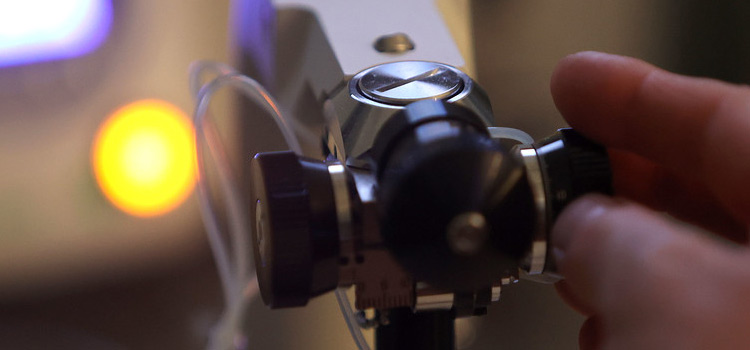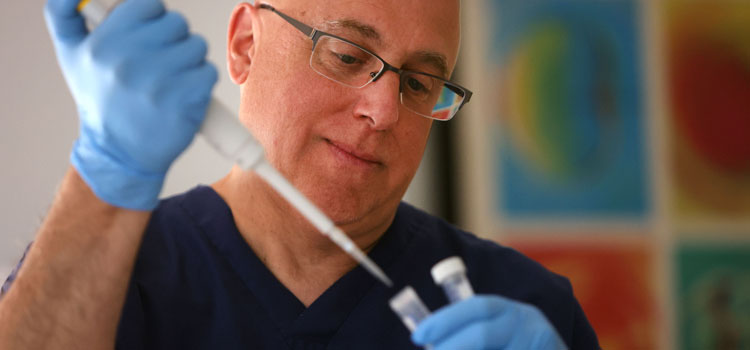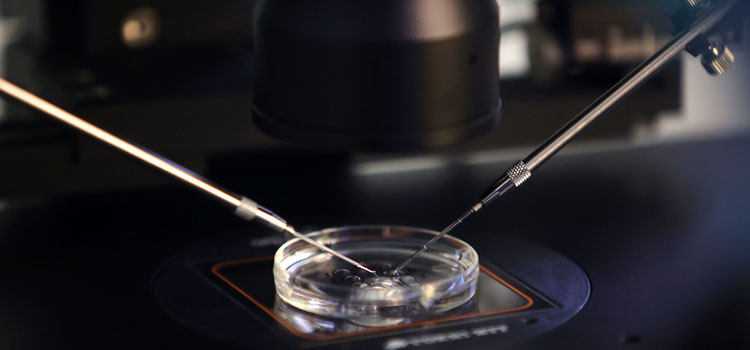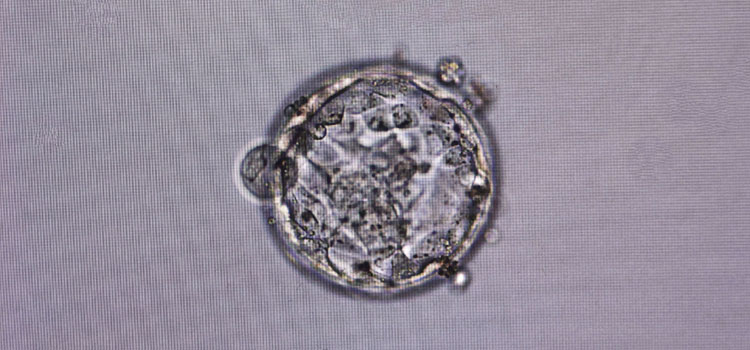Buffalo Infertility and IVF Associates
IVF Success Rates
Success Rates
Society for Assisted Reproductive Technology (SART) published success rates shouldn't be used to compare treatment centers because patient characteristics vary among programs.
You're doing your best to gather information to make an informed decision about your fertility treatment, but the internet is a crazy place and the technology and science behind infertility treatment are amazingly complex. We'll help you break down this data in a way that is easy to understand and we want you to feel very comfortable asking questions--everyone has t. Let's take a look at a few key things to consider when looking at IVF success rates.
How do we define IVF success?
Let's start with "why": The reason you are considering in vitro fertilization (IVF) or other fertility treatment options is because you want to pursue your dream of having your beautiful baby. A wonderful newborn is your (and our) goal, so that is the metric that matters. In your research, you want to make sure the "success rate" that you are looking at is the "percentage of cycles resulting in live births".
Does everyone have the same chances of IVF success?
The short answer is no. There are many factors that affect the probability of IVF success, including, but not limited to, age, health, and medical history. After you select "percentage of cycles resulting in live births" as your criterion for success, check the age cell to which you belong. SART breaks age cells into these ranges:
- Younger than 35
- 35 to 37
- 38 to 40
- 40 to 41
- 42 and older
Does a clinic's IVF success rate in my age cell represent my personal chances for success?
Your favorite elementary school teacher was right; you are unique! Every human body is unique and this is one reason why published success rates may be useful for leaning more about infertility and assisted reproductive technology (ART), but the only way to know more about your own probability is to schedule a consultation with a fertility doctor--a physician who is board certified in Reproductive Endocrinology and Infertility (REI).
Why are there different categories for "donor eggs" and "non-donor eggs?"
"Non-donor eggs" essentially mean your eggs. For women who are unable to conceive using their own eggs, "donor eggs" may be used. Because donor eggs are not the same age as the person carrying them, the statistics are counted differently.
What's the difference between "fresh embryos" and "thawed embryos"?
"Fresh embryos" refer to the embryos that are transferred into the uterus without ever having been frozen. They are stored for no more than a few days. "Thawed" or "Frozen Embryos" are those embryos that were cryogenically stored and unfrozen before the transfer into the uterus. Frozen Embryo Transfer (FET) is a form of IVF.
What does diagnosis frequency mean?
It may be helpful to think of the diagnosis as the reason for IVF. SART reports the percentage of IVF cycles that were reported as treatment to the following conditions
- Tubal Factor
- Male Factor
- Ovulatory Dysfunction
- Other Factor
- Diminished Ovarian Reserve
- Unknown Factor
- Endometriosis
- Multiple Female Factor
- Uterine Factor
- Female and Male Factor
How do I know if IVF will be successful for me?
There are many factors, but there is only one you. Your best information will come from a one-on-one appointment with one of our fertility doctors, because you deserve professional consideration that is specific to your individual journey. IVF may be the right choice for you, but it also might not be, you have a right to learn more. A consultation is not a commitment to treatment. Click here to schedule your first visit.
Downloads
- Download Buffalo IVF's 2020 ART Summary Report
- Download CDC Guidelines for Assisted Reproductive Technology








